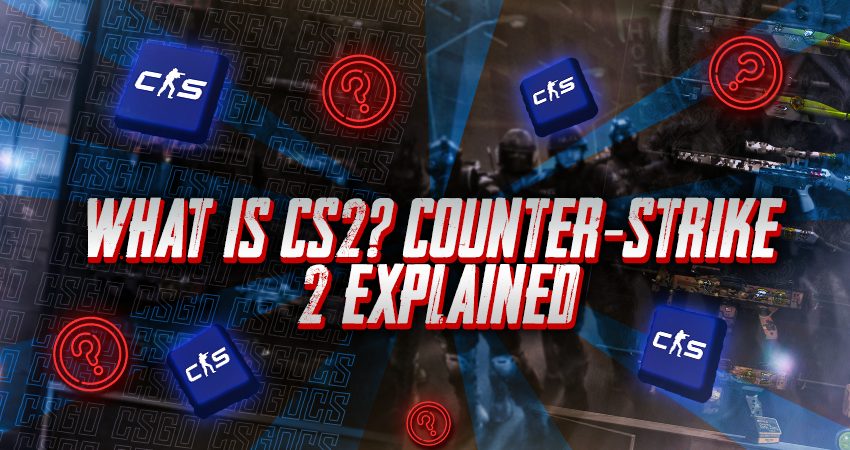
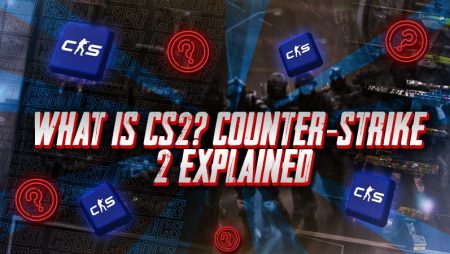
Counter-Strike 2 (CS2) is the next evolution of Valve’s iconic tactical shooter. Released in 2023, it builds on the legacy of CS:GO with improved visuals, updated mechanics, and new features powered by the Source 2 engine.
Whether you’re brand new or returning after a break, this overview will help you understand what CS2 is all about.
Understanding Counter-Strike 2
In this article, we’ll be talking about:
- What it is and how it works
- Core gameplay rules and objectives
- Game modes and ranking systems explained
- How matchmaking works
- Why players love CS2 and what makes it popular
- How to get started
Let’s go through each section in more detail.
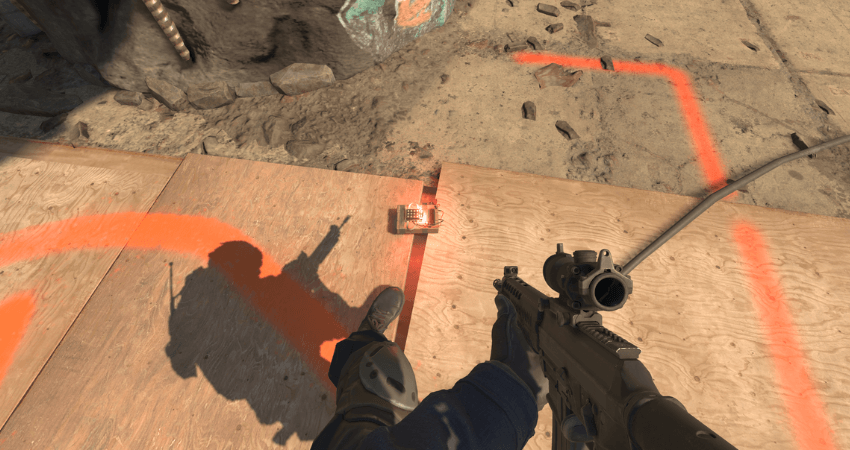
Counter-Strike 2 (CS2) is the newest version of the classic first-person shooter, developed and published by Valve. Released on September 27th, 2023, after a beta in March, it brings improved graphics and gameplay, powered by the Source 2 engine. CS2 keeps the competitive spirit of the franchise while offering fresh updates for both new and veteran players.
CS2 Gameplay Explained
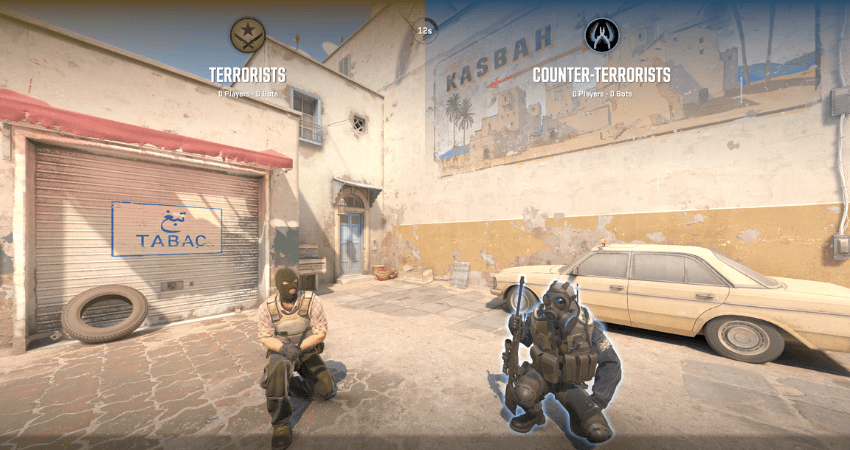
At its core, Counter-Strike 2 is a team-based, round-based first-person shooter. The most common and competitive game mode is Bomb Defusal (Classic Mode), used in Premier, Competitive, and professional play. In this mode, one team plays as Terrorists (T) and the other as Counter-Terrorists (CT).
Each match is played over a series of rounds. The teams switch sides halfway through. The first team to win a set number of rounds wins the match (13 rounds in Premier / MR12, 16 rounds in Casual).
How Rounds Are Won
Each round can be won in one of several ways:
- Terrorists can win by either planting the bomb and having it explode, or by eliminating all Counter-Terrorists.
- Counter-Terrorists can win by preventing the bomb from being planted, defusing the bomb after it is planted, or eliminating all Terrorists.
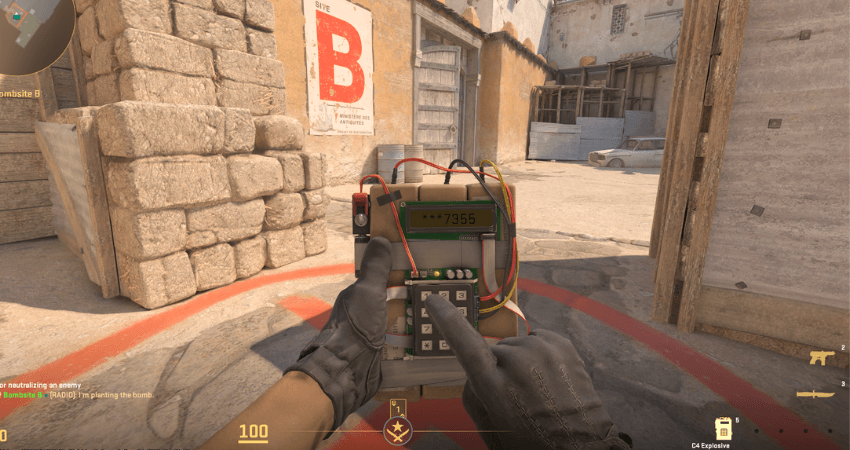
Classic Bomb Defusal maps are the most popular and widely played, both casually and competitively.
Other Objectives in Hostage Maps
Hostage Rescue is an alternate mode where the Counter-Terrorists must rescue hostages, while Terrorists defend them. However, this mode is less commonly played.
Economy & Equipment
At the start of each round, players earn money based on round outcome and individual performance. This money is used to buy weapons, grenades, armor, and utility during the Buy Phase.
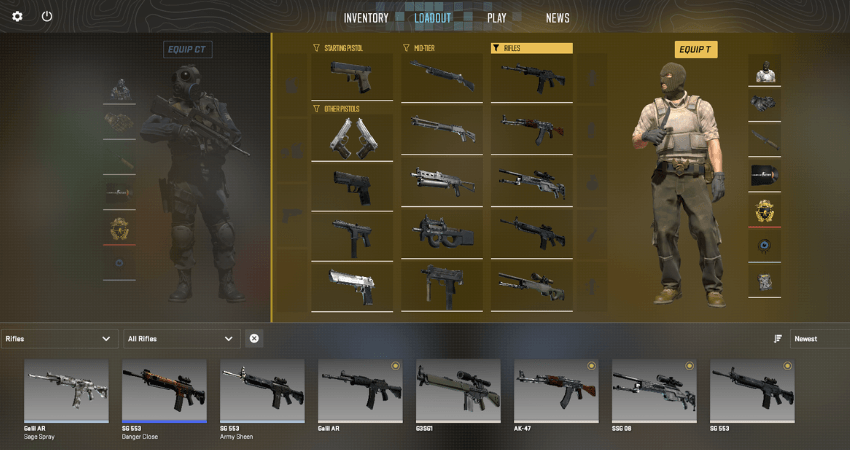
Winning rounds consistently builds your economy and gives your team an edge in future rounds.
[RELEVANT: CS2 Economy Guide]
CS2 Weapons Explained

Your weapon and utility choices are critical in CS2. Each round starts with a Buy Phase, where players purchase gear using their earned economy.
CS2 offers a wide variety of weapons and equipment. Some are shared between both sides, while others are exclusive to Terrorists or Counter-Terrorists. Knowing which weapons are worth buying in different situations helps you stay competitive throughout the match.
[RELEVANT: Best CS2 Guns]
Below is a full list of weapons grouped by type and tier.
| Weapon Type | Tier | Weapons |
|---|---|---|
| Rifles | S-Tier | M4A1-S, M4A4, AK-47 |
| Sniper Rifles | S-Tier | AWP |
| Pistols | A-Tier | Desert Eagle, TEC-9 |
| Rifles | A-Tier | Galil, FAMAS, AUG, SG553 |
| SMGs | A-Tier | MAC-10, MP9 |
| Shotguns | A-Tier | XM1014 |
| Pistols | B-Tier | Glock-18, P250, USP-S |
| SMGs | B-Tier | MP7, MP5-SD, P90 |
| Shotguns | B-Tier | MAG-7 |
| Sniper Rifles | B-Tier | G3SG1 |
| Heavy | C-Tier | Negev |
| Sniper Rifles | C-Tier | SSG-08 |
| Pistols | C-Tier | Five-SeveN, P2000 |
| SMGs | C-Tier | UMP-45 |
| Shotguns | C-Tier | Nova |
| Utilities | – | HE Grenade, Molotov (T), Incendiary (CT), Flashbang, Smoke, Decoy |
| Gear | – | Kevlar Vest, Kevlar + Helmet, Defuse Kit (CT), Zeus x27 |
Tiers reflect how often the weapons are used in competitive play, their cost-efficiency, and overall performance.
- S-Tier weapons are core meta picks, highly effective and almost always purchased when affordable.
- A-Tier weapons are strong options that see frequent play, especially in certain rounds or team setups.
- B-Tier weapons are situational, either used for specific strategies or when budget is limited.
- C-Tier weapons are niche picks or eco fillers, with limited usage in high-level play.
Weapons must be purchased during the buy phase at the start of each round. If you make a mistake, you can refund the item instantly. You can also loot weapons from fallen players and carry them into the next round. Understanding the tiers can help you make better economic choices throughout the match.
CS2 Game Modes Explained
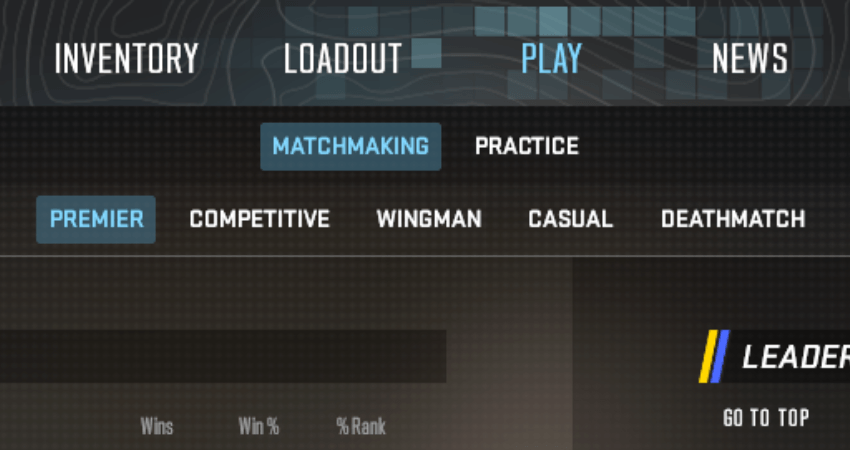
Of course, choosing your weapons is only part of the game. How and where you play matters too- Counter-Strike 2 offers a variety of game modes to suit different preferences.
While the core ranked experience revolves around Premier and Competitive modes, CS2 also includes Wingman, Casual, and Deathmatch. These alternative modes offer additional ways to practice or enjoy the game more casually.
[RELEVANT: Competitive vs Premier Differences]
Each mode has its own structure, ranking system, and level of competitiveness. Here’s a quick overview:
| Game Mode | Description | Rank / Rating |
|---|---|---|
| Premier | 5v5 with map veto system, global CS2 Rating leaderboard. Main ranked mode. | Numerical CS2 Rating (MMR-based) |
| Competitive | Classic 5v5 with map selection. Players earn map-specific ranks. | 18 Map-Based Ranks (Silver to Global Elite) |
| Wingman | 2v2 mode played on small sections of maps. Focused on close-quarters play. | Overall Wingman Rank (Silver to Global Elite) |
| Casual | Relaxed version of Competitive with 10v10 players. No ranking or rating system. | None |
| Deathmatch | Fast-paced respawn mode used for aim practice and warmup. No rounds or objectives. | None |
Both Premier and Competitive follow the same core match structure:
- Two teams of five
- First to 13 rounds wins the match
- Sides switch after 12 rounds (MR12 format)
CS2 Matchmaking Explained
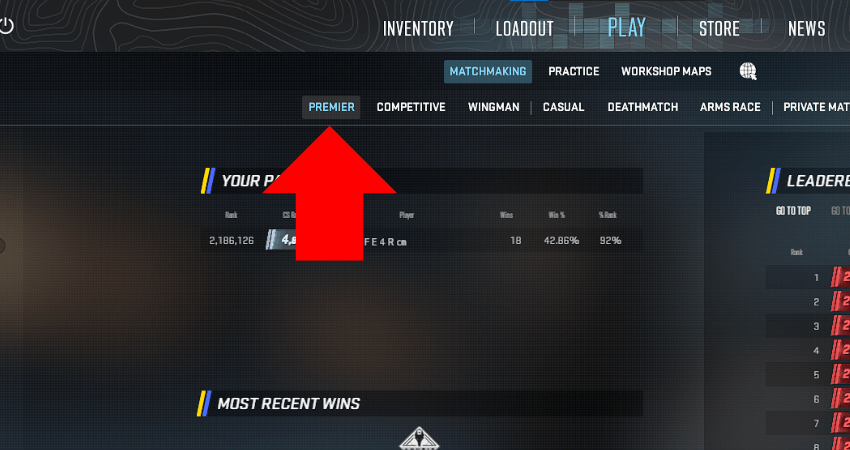
No matter which mode you prefer, CS2’s matchmaking system is designed to pair you with players of similar skill. This helps create balanced and fair games where both teams have a chance to win.
Matchmaking relies primarily on your Competitive Rank or Premier Rating, but it also considers recent performance, party size, and other factors to fine-tune matchmaking.
[RELEVANT: What CS2 Ranks Can Play Together]
Here’s a closer look at how skill is represented:
CS2 Competitive Ranks
| Rank | Abbreviation |
|---|---|
| Silver I | S1 |
| Silver II | S2 |
| Silver III | S3 |
| Silver IV | S4 |
| Silver Elite | SE |
| Silver Elite Master | SEM |
| Gold Nova I | GN1 |
| Gold Nova II | GN2 |
| Gold Nova III | GN3 |
| Gold Nova Master | GNM |
| Master Guardian I | MG1 |
| Master Guardian II | MG2 |
| Master Guardian Elite | MGE |
| Distinguished Master Guardian | DMG |
| Legendary Eagle | LE |
| Legendary Eagle Master | LEM |
| Supreme Master First Class | SMFC |
| Global Elite | GE |
In Competitive mode, your skill is represented by one of 18 traditional ranks. These ranks are map-based- meaning you will have a separate rank for each map you play. These ranks give a rough idea of your current level and are familiar to most players from CS:GO.
CS2 Premier Rating (MMR) Tiers
| Rating Tier | Rating Range | Approximate Old Rank (for reference) |
|---|---|---|
| Gray | 0 – 4,999 | Silver to low Gold Nova |
| Light Blue | 5,000 – 9,999 | Gold Nova 2 to Gold Nova Master |
| Blue | 10,000 – 14,999 | MG1 to MGE |
| Purple | 15,000 – 19,999 | DMG to LEM |
| Pink | 20,000 – 24,999 | High LEM to early Supreme |
| Red | 25,000 – 29,999 | Supreme to low Global |
| Yellow/Gold | 30,000+ | Top Global Elite / Elite leaderboard |
In Premier mode, your skill is represented by a numeric rating rather than a traditional rank. To help players better understand where they stand, this rating is broken into 7 color-coded tiers.
Since this system is newer, many players often compare these rating ranges to approximate old CS:GO ranks for context.
[RELEVANT: CS2 Ranking System Explained]
CS2 Maps Explained

Your success in matchmaking depends heavily on your map knowledge. Each map in CS2 offers unique layouts, angles, and strategies that can dramatically affect gameplay.
CS2 features a mix of classic and newer maps, available across different game modes. Here’s the current map list and where each is playable:
| Map | Premier | Competitive | Casual | Deathmatch | Wingman | Arms Race |
|---|---|---|---|---|---|---|
| Ancient | 🟢 | 🟢 | 🟢 | 🟢 | 🔴 | 🔴 |
| Anubis | 🟢 | 🟢 | 🟢 | 🟢 | 🔴 | 🔴 |
| Dust II | 🟢 | 🟢 | 🟢 | 🟢 | 🔴 | 🔴 |
| Inferno | 🟢 | 🟢 | 🟢 | 🟢 | 🟢 | 🔴 |
| Mirage | 🟢 | 🟢 | 🟢 | 🟢 | 🔴 | 🔴 |
| Nuke | 🟢 | 🟢 | 🟢 | 🟢 | 🟢 | 🔴 |
| Train | 🟢 | 🟢 | 🟢 | 🟢 | 🔴 | 🔴 |
| Overpass | 🔴 | 🟢 | 🟢 | 🟢 | 🟢 | 🔴 |
| Vertigo | 🔴 | 🟢 | 🟢 | 🟢 | 🟢 | 🔴 |
| Grail | 🔴 | 🟢 | 🟢 | 🟢 | 🔴 | 🔴 |
| Jura | 🔴 | 🟢 | 🟢 | 🟢 | 🔴 | 🔴 |
| Office | 🔴 | 🟢 | 🟢 | 🟢 | 🔴 | 🔴 |
| Italy | 🔴 | 🟢 | 🟢 | 🟢 | 🔴 | 🔴 |
| Agency | 🔴 | 🟢 | 🟢 | 🟢 | 🔴 | 🔴 |
| Brewery | 🔴 | 🔴 | 🔴 | 🔴 | 🟢 | 🔴 |
| Dogtown | 🔴 | 🔴 | 🔴 | 🔴 | 🟢 | 🔴 |
| Baggage | 🔴 | 🔴 | 🔴 | 🔴 | 🔴 | 🟢 |
| Shoots | 🔴 | 🔴 | 🔴 | 🔴 | 🔴 | 🟢 |
| Pool Day | 🔴 | 🔴 | 🔴 | 🔴 | 🔴 | 🟢 |
[RELEVANT: CS2 Callouts]
Why People Love CS2?
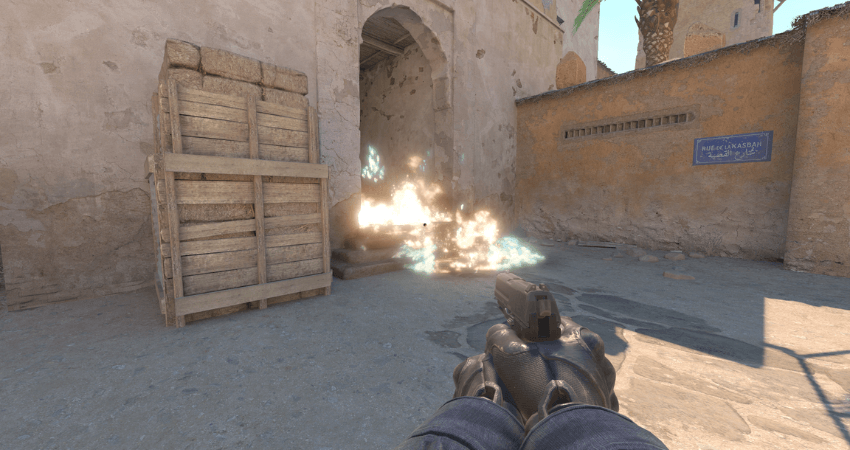
People love Counter-Strike 2 because it offers a perfect mix of strategy, skill, and teamwork. Unlike many other shooters, CS2 isn’t just about individual performance- it’s about the team working together towards a common goal. The excitement comes from the constant push to outsmart the enemy, communicate effectively, and execute strategies that lead to victory. Players bond over the challenge of climbing the ranks, each match feeling like a new chance to improve and grow together. The satisfaction of winning with your team, especially after overcoming tough opponents, keeps players coming back for more. It’s this constant drive to perform better and work.
What’s interesting is that, despite all the advancements and updates, CS2 still holds on to much of what made the original Counter-Strike 1.1 so popular. The core gameplay hasn’t changed much. Fans still love the classic Dust 2, which remains a fan favorite even after all these years. It’s that nostalgic feel combined with modern improvements that keep players hooked, just like they did in the earlier versions of Counter-Strike.
Is CS2 Hard to Play?
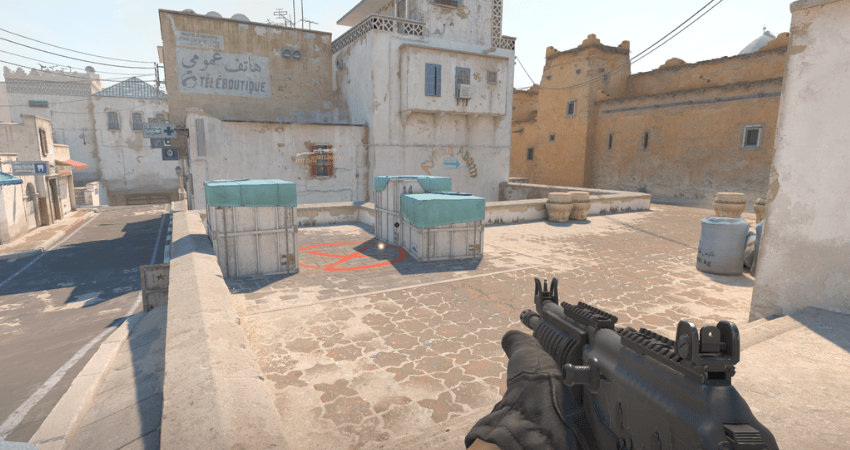
CS2 is not hard at all. The learning curve for getting into CS2 and learning all the basics is not very steep. However, learning each skill is very difficult. The skill cap of CS2 players is growing almost every day, with the community getting better at aim accuracy, recoil control, and map knowledge. While you can start playing CS2 in a matter of days and have a great time, you’ll have to put in a lot of hours before you can reach the top ranks.
Is CS2 Dying?

The average concurrent player count for CS2 is well over a million. Depending on the time of day, you can expect a concurrent player count of around 1.5 million to 500,000. That’s an impressive number, considering many of the top games out there don’t even manage to cross 100,000 concurrent players. For many games, anywhere around 50,000 concurrent players is a success.
This player base of around a million players has stayed like this for a long time. The announcement of CS2 alone skyrocketed the player base for the previous title, breaking all records for its player base. Currently, the player base for CS2 doesn’t seem to show a significant drop. It might even potentially go up. Therefore, we can conclude that CS2 is not dying.
Why is CS2 so Popular?
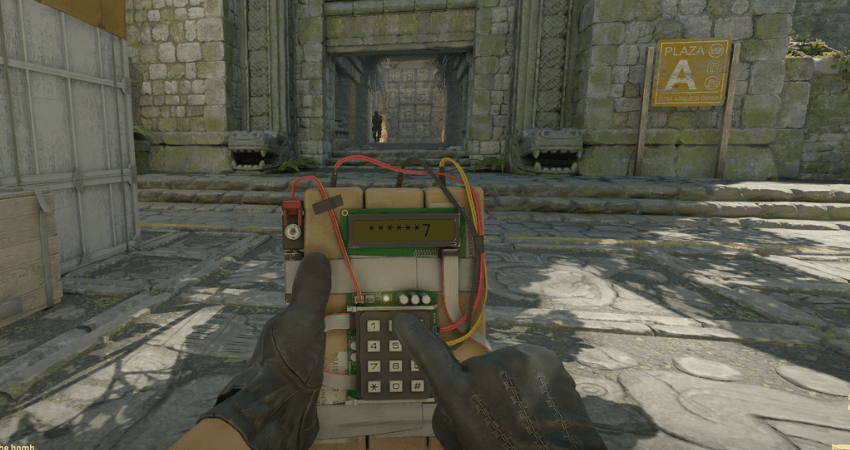
One of the main reasons for the popularity of CS2 is its competitive scene. CS2 delivers a competitive experience like no other video game. The skill cap is constantly increasing, and players are finding new and better ways to gain an edge over their opponents. This competitive ecosystem creates a challenging environment where the thrill of winning against a highly skilled opponent feels very rewarding.
That, combined with an exhilarating esports scene where hundreds of people from around the globe line up to see some of the top teams battle it out for victory, makes CS2 even more attractive. Seeing your favorite team show some of the most amazing CS2 gameplay adds to the competitive fuel of CS2’s ecosystem, making players even more motivated to improve and win.
How to Get Started with CS2?
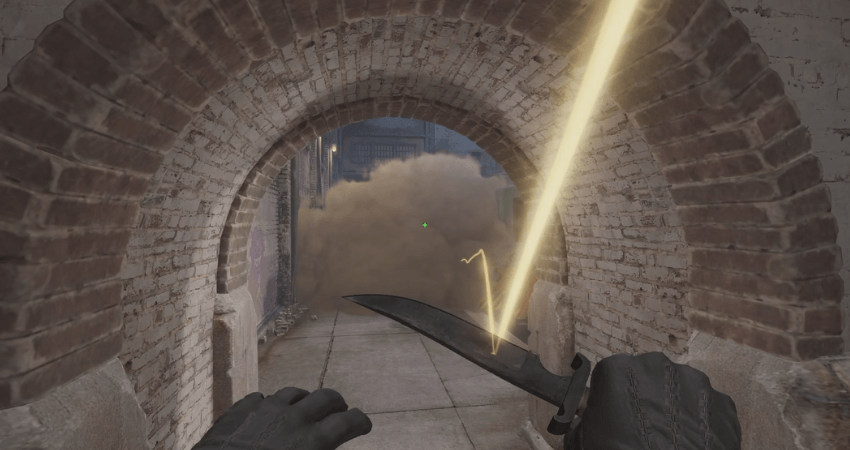
First, it’s important to put in the hours and get comfortable with the basics- map knowledge, aiming, movement, and communication. Once you’re confident with these fundamentals, you can start focusing on improving other key areas like game awareness, nades, and teamwork.
When you’re ready to move forward, check out our CS2 Improvement guide, where we cover how to develop in each of these areas and keep improving as you go.
[RELEVANT: Best CS2 Video Settings]
Summary
| Topic | Key Points |
|---|---|
| What is CS2 | Latest Counter-Strike version, released 2023, with updated visuals and mechanics using Source 2 engine. |
| Gameplay Basics | Team-based play with Terrorists and Counter-Terrorists switching sides; objectives include bomb planting/defusing or hostage rescue. |
| Weapons and Equipment | Wide range of guns and utilities; some weapons are side-specific; purchase and loot weapons during buy phases. |
| Game Modes and Ranking | Six modes; Competitive and Premier are main ranked modes with map-based ranks and numeric ratings respectively. |
| Ranks and Ratings | Competitive has 18 map-specific ranks; Premier uses seven color-coded numeric rating tiers. |
| Matchmaking | Matches players by similar rank/rating to ensure balanced and fair gameplay. |
| Why Players Love CS2 | Combination of skill, teamwork, strategy, and nostalgia keeps players engaged and motivated. |
| Difficulty and Learning Curve | Easy to start but high skill ceiling; requires hours of practice to reach top ranks. |
| Player Base and Popularity | Over a million concurrent players; strong esports scene and competitive community keep CS2 thriving. |
| Getting Started Tips | Focus on fundamentals like aiming, movement, map knowledge, and communication before advanced skills. |
Conclusion
Counter-Strike 2 offers a unique and intense gaming experience, standing as one of the most competitive shooters available. With a dedicated player base and constant updates, CS2 is set to thrive for years to come. If you’re into challenging, skill-based games, CS2 is definitely worth exploring.
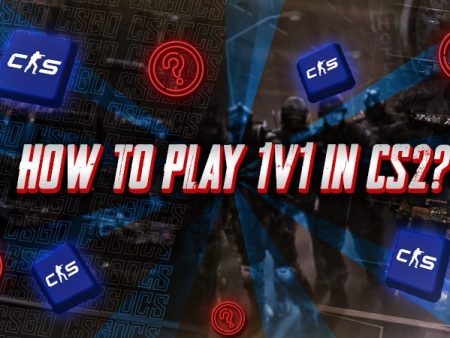
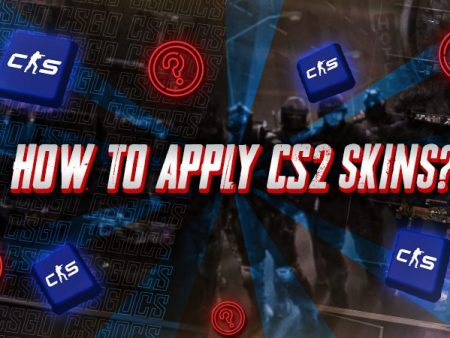
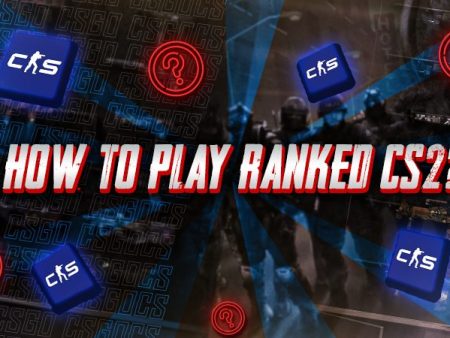
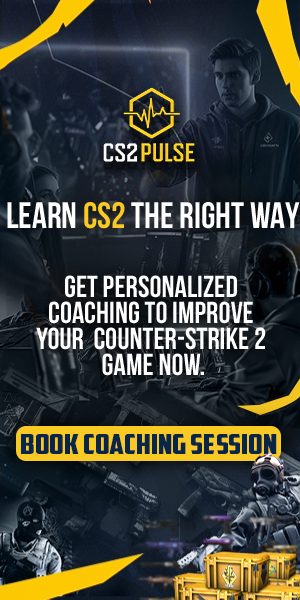
Good intro for anyone jumping into CS2. Clean and straight to the point.